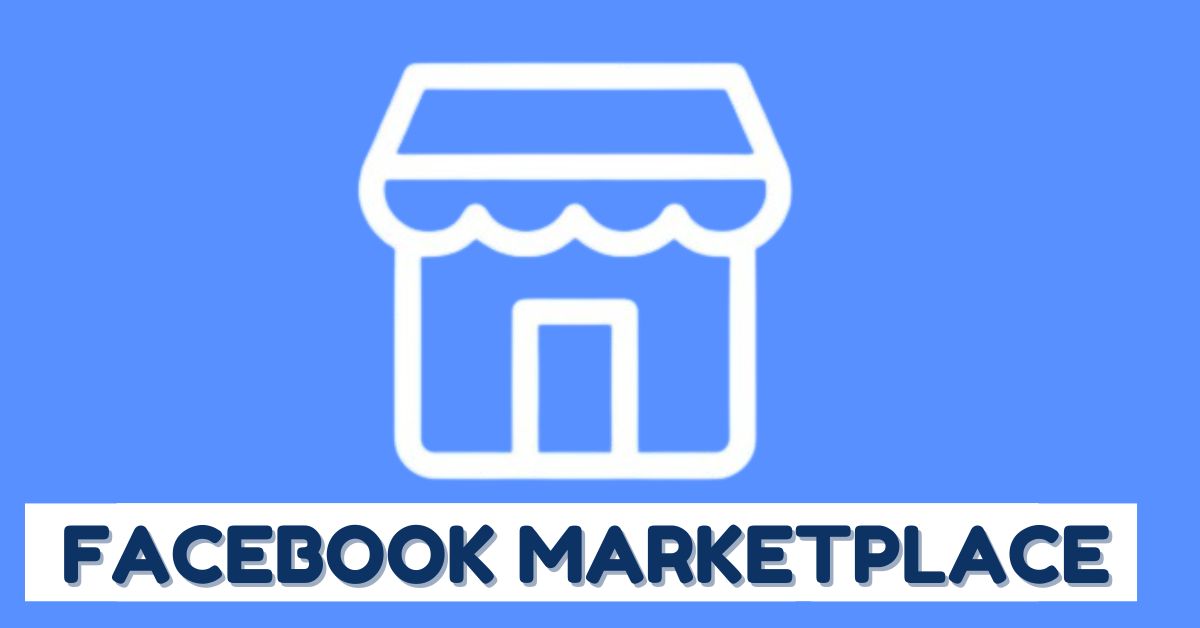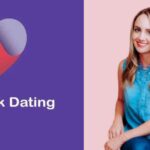When people think of Facebook, most picture scrolling through memes, liking vacation photos, or joining a random group about their favorite TV show. But let’s be real—Facebook is much more than that. It’s one of the most powerful tools for meeting new people and selling products or services. With over 3 billion active users, the platform is basically a global marketplace where anyone can find their audience.
If you’re looking to grow your business, side hustle, or even just test an idea, learning how to meet people on Facebook and start selling is a game-changer. Let’s break down exactly how to do it—step by step, no fluff.
Why Facebook is Still the Place to Sell
Before we jump into the “how,” let’s talk about the “why.” Facebook isn’t dead, despite what some people say. Sure, TikTok and Instagram are hot right now, but Facebook has something the others don’t: deep community building.
- Groups: You can connect with people who already share your interests.
- Marketplace: Think of it as Craigslist 2.0, but way safer and more personal.
- Messenger: Conversations are private and instant—perfect for closing deals.
- Ads: The targeting is insanely precise if you want to scale.
- Bottom line: Facebook isn’t just about posting updates anymore—it’s about building relationships that turn into sales.
Step 1: Optimize Your Profile First
Think of your Facebook profile as your storefront. If someone meets you online, the first thing they’ll do is click your name. What they see there can make or break the connection.
- Profile picture: Use a clear, friendly photo of yourself (or a professional logo if you’re selling under a brand).
- Cover photo: Add something that reflects what you do—like your product, service, or a tagline.
- Bio: Keep it short and straight to the point. Example: “Helping small businesses grow online | DM me for collabs.”
- Featured photos/links: Showcase testimonials, product images, or your website.
If your profile looks legit and approachable, people will be much more likely to connect with you.
Step 2: Join the Right Facebook Groups
This is where the magic happens. Facebook groups are the easiest way to meet new people who already care about what you’re offering.
How to Find the Best Groups:
- Search for groups using keywords related to your niche.
Example: “Fitness coaching,” “handmade crafts,” “real estate investors.”
- Check group size and activity. A group with 500 active members is often better than one with 50,000 inactive ones.
- Look at the group rules. Some groups don’t allow selling—others encourage it.
How to Stand Out in Groups:
- Be helpful first. Answer questions, share tips, and contribute.
- Don’t spam links right away. Build trust.
- Use value-packed posts (like short guides, quick tips, or before-and-after stories).
When people start noticing you, they’ll naturally check your profile, and that’s when the conversations begin.
Step 3: Start Conversations, Don’t Just Pitch
Nobody likes a cold pitch in their inbox. If you send “Hey, buy my product” as your first message, you’ll be ignored or blocked. Instead, think of Messenger as a networking tool.
- Start casual: Comment on something they posted, or ask a question related to the group you met in.
- Listen first: Find out what they need before pushing a solution.
- Share stories: Instead of saying “I sell skincare,” you could say, “I used to struggle with acne too, and this routine made a huge difference.”
Conversations build trust. Once trust is there, sales happen naturally.
Step 4: Use Facebook Marketplace
Facebook Marketplace is one of the fastest ways to make sales, especially for physical products.
Tips for Selling on Marketplace:
- Use clear, high-quality photos (not blurry phone shots).
- Write detailed but simple descriptions.
- Price competitively but leave room for negotiation.
- Respond quickly to messages (speed shows professionalism).
Even if you’re not selling physical goods, Marketplace can still work. For example, if you’re offering a service like tutoring or consulting, list it under “Services” with a clear title like “Math Tutor Available – Online & In-Person.”
Step 5: Post Valuable Content Consistently
Your Facebook profile and groups should show that you know what you’re talking about. That means posting content that adds value—not just spamming offers.
Ideas for content:
- Tips and tricks in your niche.
- Stories about your own experiences.
- Behind-the-scenes of your work.
- Customer testimonials (with permission).
- Engagement posts like polls or questions.
When people see your content regularly, they start to trust you as an authority. And when they’re ready to buy, you’ll be the first person they think of.
Step 6: Use Facebook Ads (Optional, But Powerful)
Once you’ve gotten comfortable selling organically, ads can take things to the next level.
- Start with boosting posts to increase reach.
- Use targeting to get in front of your ideal buyers (by interests, location, age, etc.).
- Keep your ad copy simple: “Want to [solve problem]? Here’s how I can help.”
- Always test multiple versions to see what works best.
Ads cost money, but they also save time. Instead of manually finding people, the right buyers come to you.
Step 7: Build Long-Term Relationships
The goal isn’t just to make one sale—it’s to build a network of repeat buyers and referrals. That’s where relationship-building comes in.
- Stay in touch with past buyers. Send a quick “How’s it going?” message.
- Create your own Facebook group where you can share updates, tips, and exclusive offers.
- Offer referral rewards (like discounts or freebies for recommending a friend).
When people feel connected to you, they’ll keep coming back—and bring others with them.
Mistakes to Avoid
A lot of beginners fail on Facebook because they make these common mistakes:
- Spamming links everywhere – It looks desperate and gets you banned.
- Talking too much about yourself – Focus on solving problems, not just selling.
- Ignoring comments and messages – Engagement is everything.
- Being inconsistent – Show up regularly if you want people to take you seriously.
- Not respecting group rules – Nothing kills credibility faster than getting kicked out.
Conclusion
Facebook isn’t just a social platform—it’s a marketplace, a networking hub, and a goldmine for sellers who know how to use it right. The key is to treat it less like a billboard and more like a conversation. Optimize your profile, join the right groups, start real conversations, use Marketplace wisely, post valuable content, and eventually consider ads to scale.
Remember: people buy from people they know, like, and trust. If you focus on building relationships first, the sales will follow naturally.






